Engineered E. coli could make carbohydrates, renewable fuel, from CO2
Green Car Congress
SEPTEMBER 12, 2021
The ultimate aim would be to capture wasted CO 2 using renewable hydrogen gas from biohydrogen—as in this research—or electrolysis powered by renewable electricity, and convert it to formic acid. This is the vision of a truly cyclic bioeconomy where CO 2 is constantly produced, captured and returned to the market.






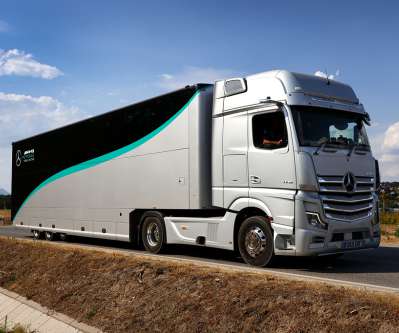

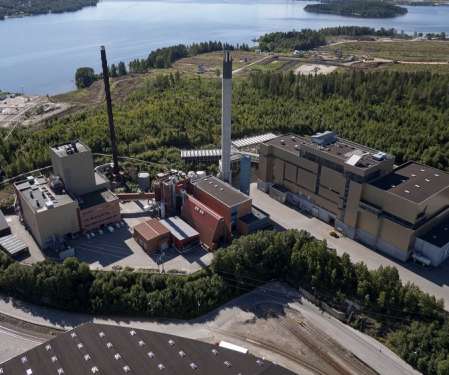
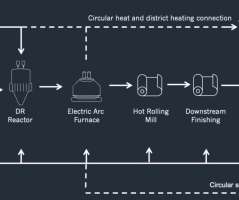









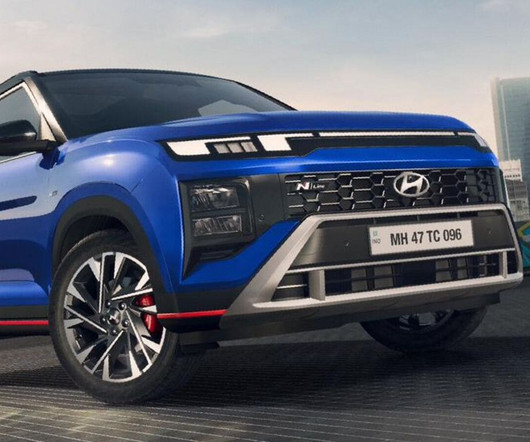

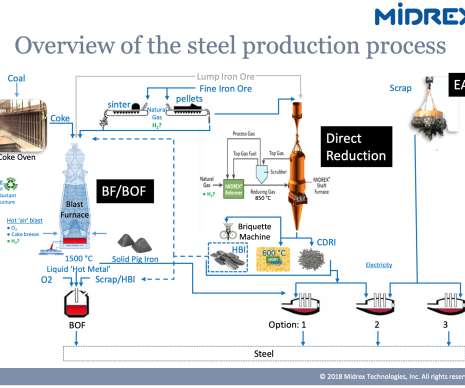







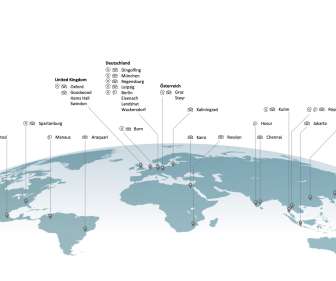
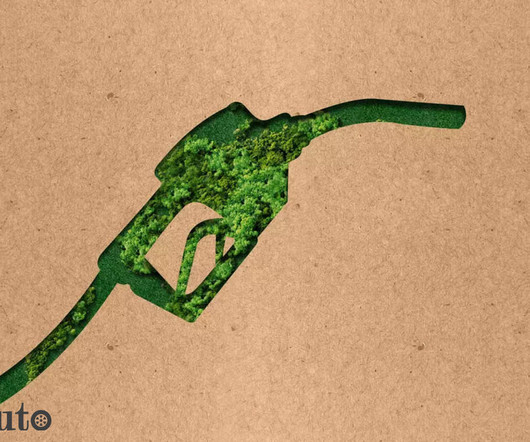














Let's personalize your content